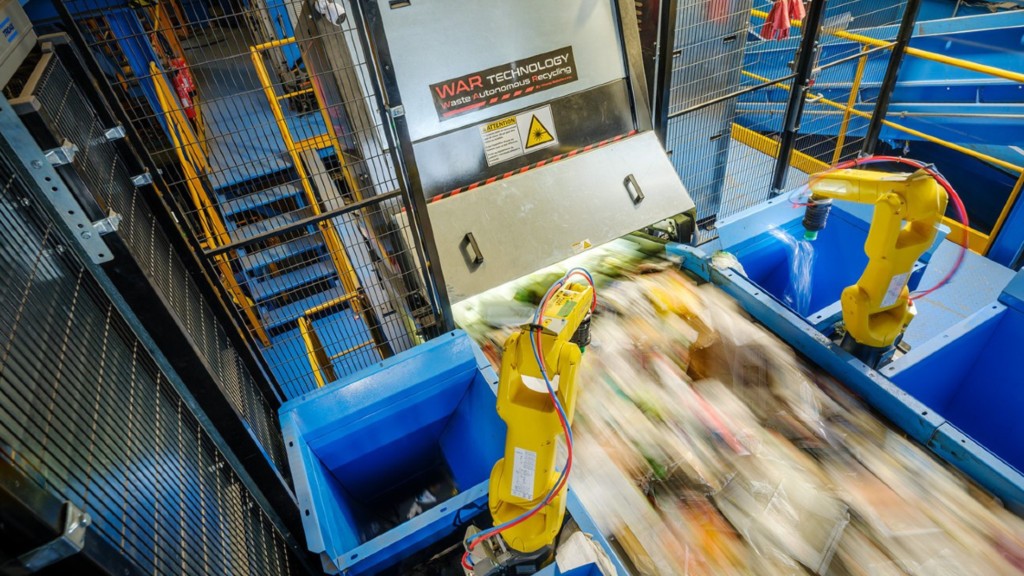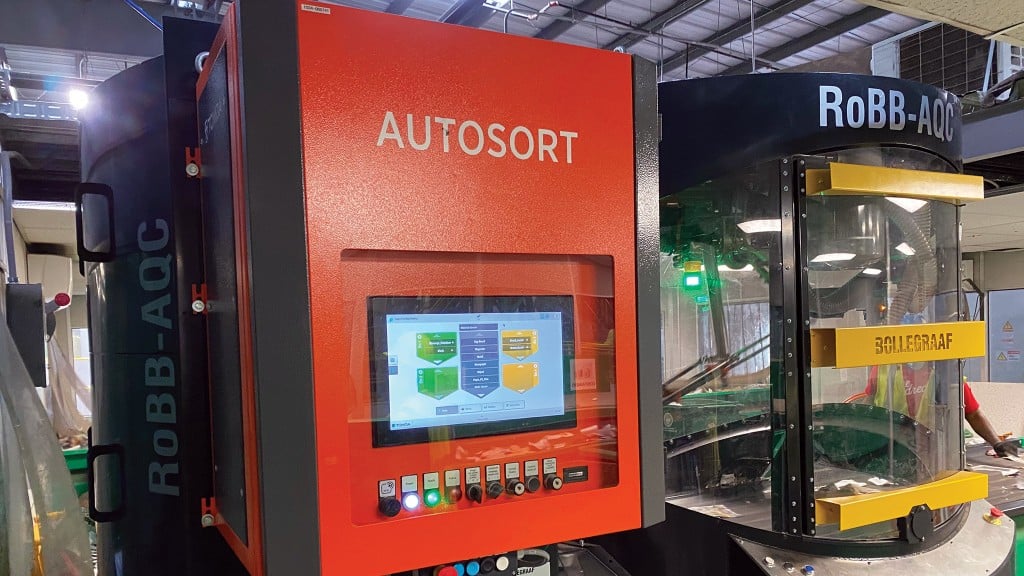
Waste Robotics' CEO Eric Camirand, says that relying solely on "picks per minute" (PPM) as a key metric for evaluating the performance of robots in waste sorting may not accurately reflect their real-world performance.
When it comes to evaluating the performance of robots in industrial settings, the term "Pick per Minute" (PPM) is often used as a key metric. PPM refers to the count of movements a robot can execute within a minute, which is often used to gauge the speed and efficiency of a robot in picking and placing objects. However, relying solely on PPM may not accurately reflect the real-world performance of a robot. It's crucial to also consider the "successful pick rate per minute" (SPPM) for a more comprehensive assessment of a robot's capabilities.
The concept of PPM is widely used in the robotics industry to measure the speed and productivity of robots in picking tasks. A higher PPM value is often associated with faster robot performance, and it's a commonly used benchmark for comparing different robotic systems. However, PPM alone may not provide a complete picture of a robot's actual performance, as it doesn't take into account the success or failure of each pick.
This is where the concept of SPPM comes into play. SPPM refers to the rate at which a robot successfully picks and places objects within a minute. It accounts for not only the speed of picking but also the accuracy and reliability of the robot in successfully completing each pick without dropping or damaging objects. SPPM provides a more comprehensive evaluation of a robot's performance, as it takes into consideration both the speed and the success rate of picking tasks.
Understanding the difference between PPM and SPPM is crucial for effectively managing expectations when evaluating robot capabilities. A robot with a high PPM value may seem impressive, but if it has a low SPPM due to frequently failed picks or dropped objects, it may not be as efficient or reliable in real-world operations. On the other hand, a robot with a slightly lower PPM but a high SPPM may actually be more reliable and productive in a real-world production environment.
It's important to thoroughly evaluate both PPM and SPPM when assessing the performance of a robot in a specific application. Factors such as the complexity of the objects being picked, the gripper technology used, the environmental conditions, and the programming and sensing capabilities of the robot can all impact the success rate of picks and the overall performance of the robot.
While PPM is a commonly used metric in the robotics industry, it's important to also consider SPPM for a more comprehensive assessment of a robot's performance. Evaluating both the speed and the success rate of picking tasks can provide a more accurate picture of a robot's capabilities and help manage expectations in real-world industrial applications. As robotics technology continues to advance, understanding and utilizing both PPM and SPPM can lead to more informed decisions when selecting and deploying robots in various industries and applications.
Company info
11410 Louis-Loranger Blvd.
Trois-Rivieres, QC
CA, G9B 0T8
Website:
wasterobotic.com
Phone number:
+1 (819)-201-3021



